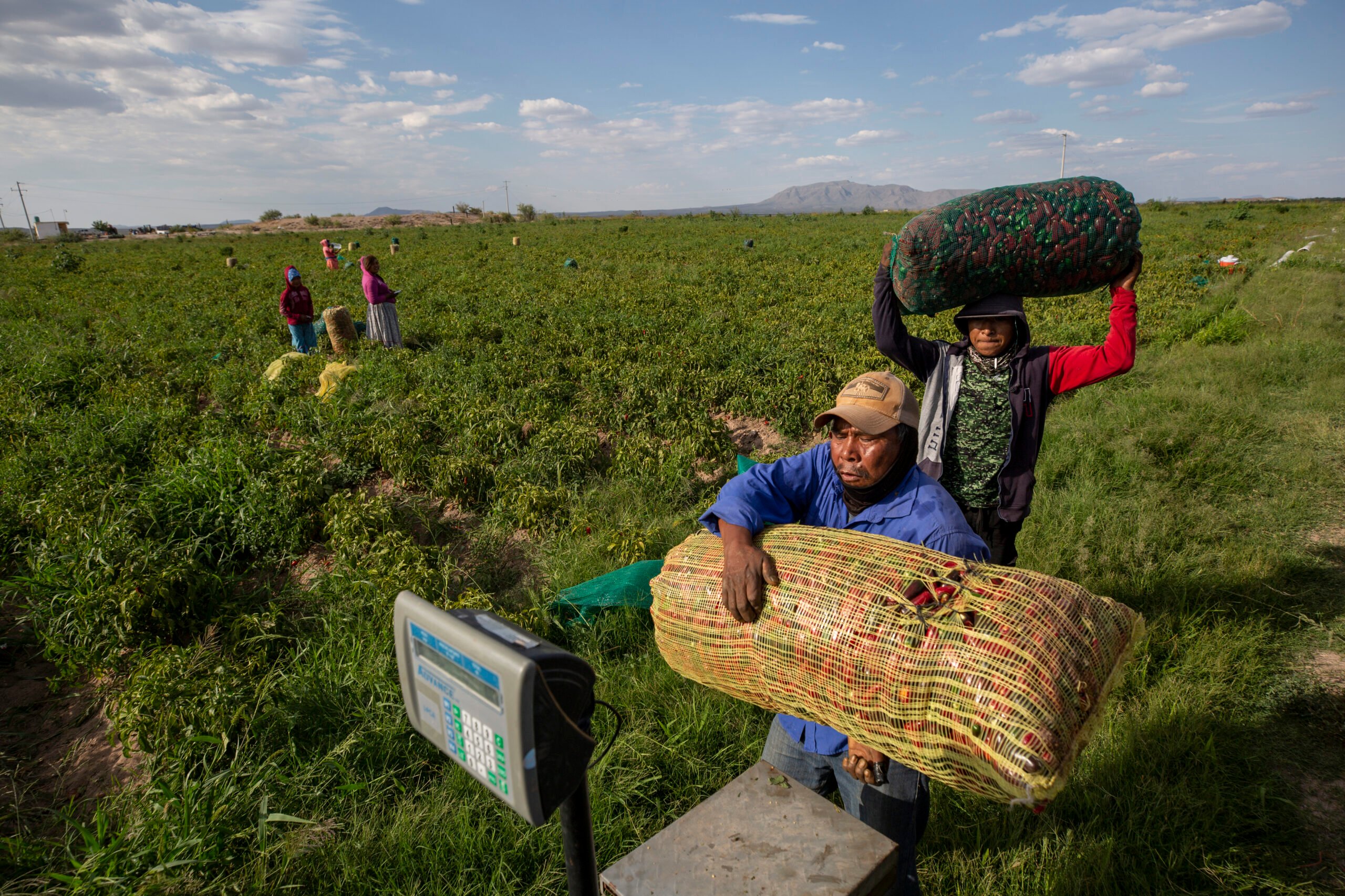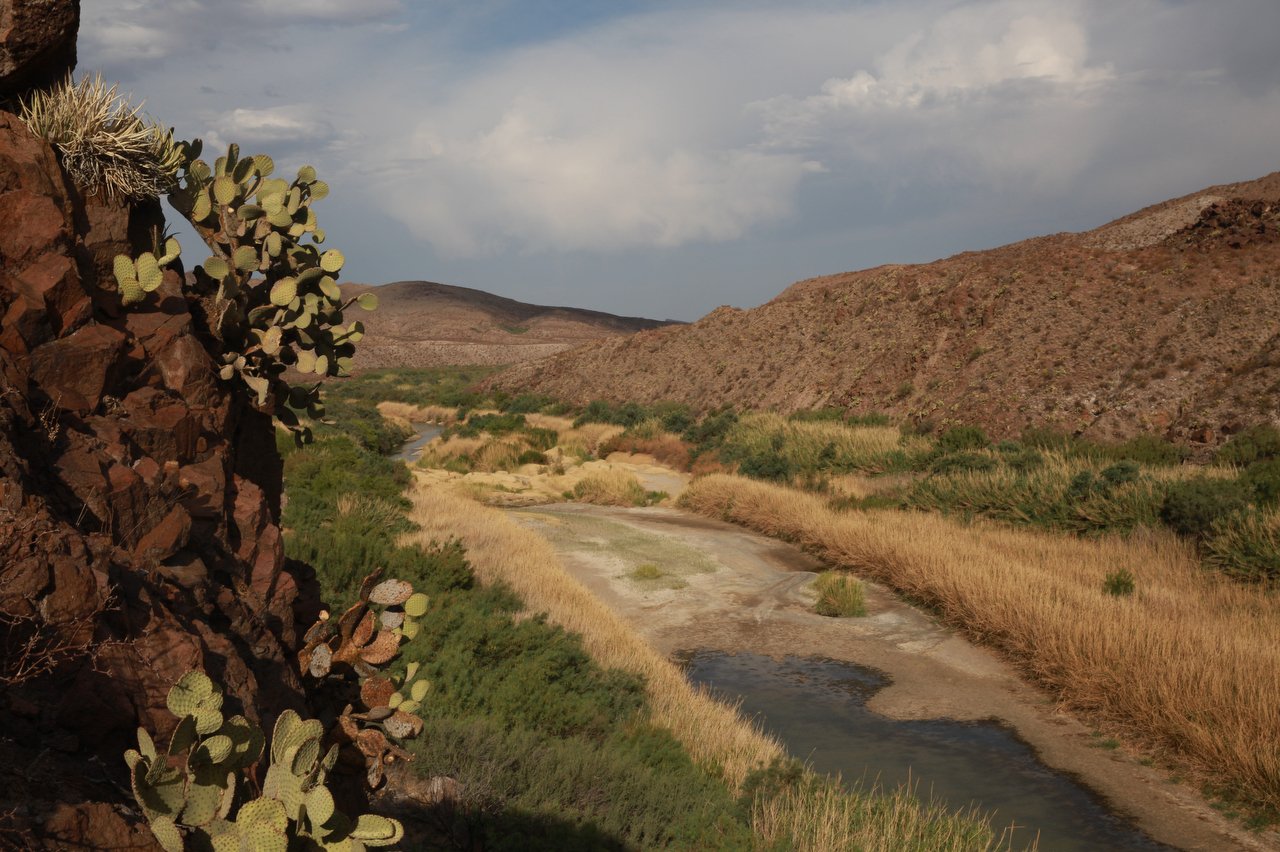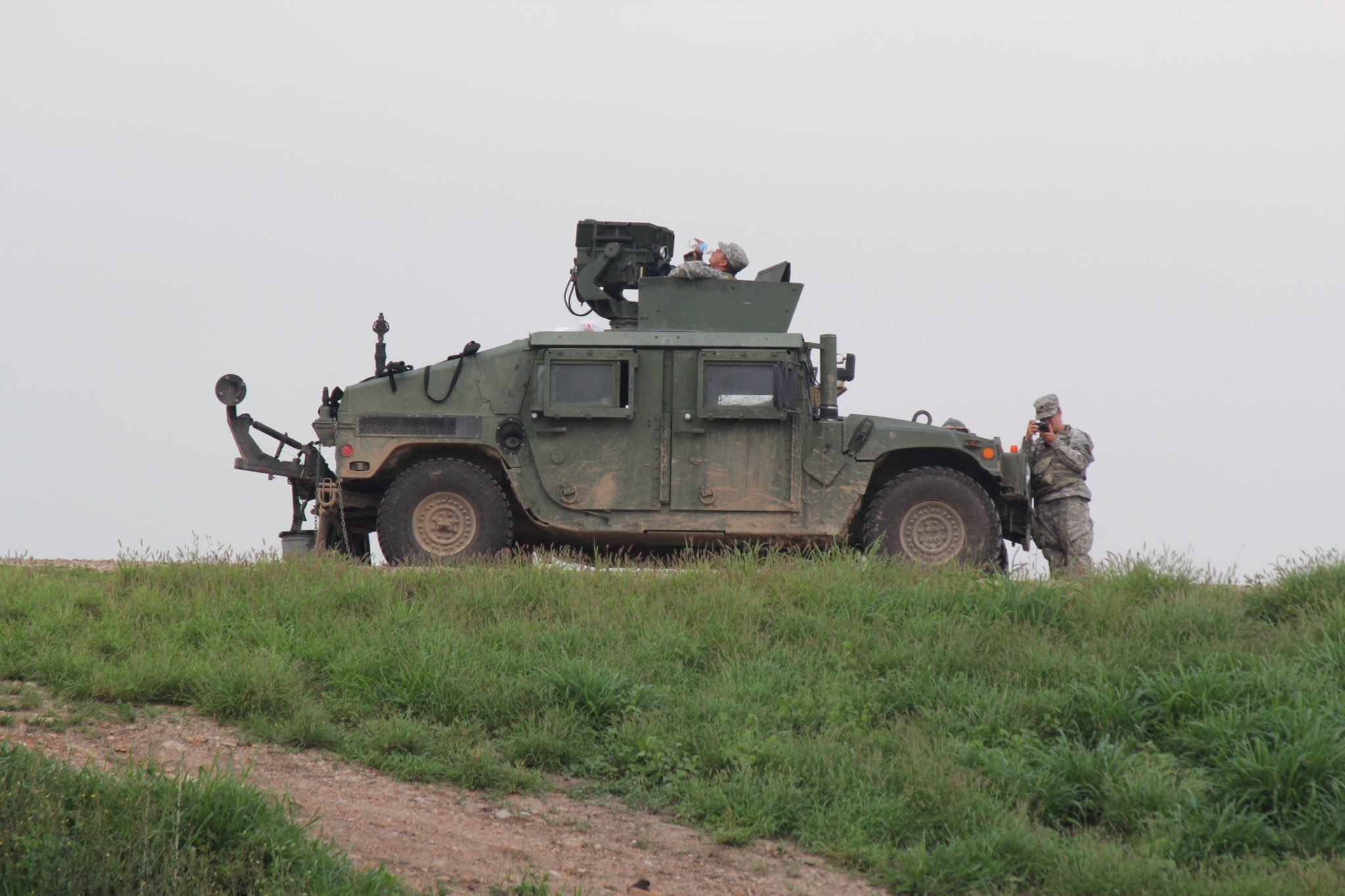
Documents: Texas National Guard Installed Cellphone Spying Devices on Surveillance Planes
“There are really big privacy and constitutional due-process concerns with the use of this technology,” a state lawmaker said.
Above: RC-26B surveillance aircraft
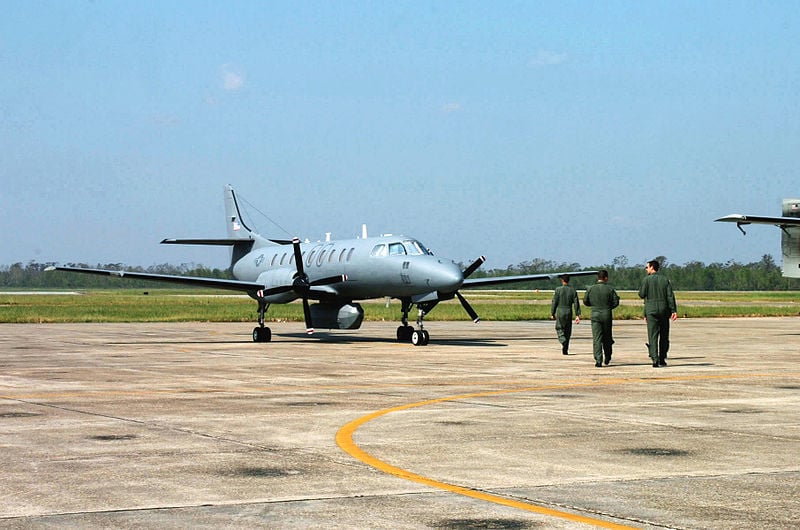
The Texas National Guard last year spent more than $373,000 to install controversial cellphone eavesdropping devices in secretive surveillance aircraft.
Maryland-based Digital Receiver Technology Inc., or DRT, installed two of its DRT 1301C “portable receiver systems” in National Guard aircraft in partnership with the Drug Enforcement Administration, according to a contract between the Texas National Guard and the company. The contract states that the dirt boxes, as they’re often called after the company’s acronym, are for “investigative case analytical support” in counternarcotics operations and were purchased using state drug-asset forfeiture money.

Dirt boxes mimic cellphone towers by tricking every smartphone within a geographic area of up to one-third of a mile to connect with the technology, usually without cellphone users or telecom companies ever knowing about it. Also known as cell-site simulators, the devices can be used from land or air and are capable of intercepting the user’s location, phone numbers dialed, text messages and photos as well as recording or listening to phone calls.
Privacy and civil liberties advocates have called the use of dirt boxes a “digital dragnet,” because it’s nearly impossible for the government to avoid intercepting personal information from innocent cellphone users when pursuing investigative targets.
According to the contract documents obtained by the Observer, the eavesdropping devices were installed in two RC-26 surveillance planes used for counternarcotics operations. At one time, the RC-26s reportedly operated under a front company called Air Cerberus, but have since converted to military registrations, which generally mask their flight routes and unique tail numbers.
In a 2014 story, the Wall Street Journal revealed that the U.S. Marshals Service had been secretly using dirt boxes from a small Cessna aircraft to locate fugitives. Equipment and training was supplied by the CIA, but some officials inside the U.S. Justice Department were concerned that the activity was illegal. The revelations spurred numerous complaints from civil liberties advocates, including the Electronic Frontier Foundation (EFF), the ACLU and the Electronic Privacy Information Center, as well as lawmakers in Washington, D.C.
“Without a clear public policy posted on how they’re going to be allowed to use these kinds of devices, there’s nothing to stop them from using a cell-site simulator in a suburb of Dallas any more than at the border.”
Law enforcement’s use of the technology is usually considered legal when used against Americans with a warrant. The Texas Department of Public Safety has made similar purchases for covert surveillance equipment from a DRT competitor, Harris Corp., which offers comparable technology called Stingrays.
But the Texas National Guard is a military force under the governor’s command, not law enforcement. It’s unclear under what legal authorities the State Guard would be operating to conduct electronic eavesdropping. In 2015, the Justice Department issued guidelines for federal law enforcement agencies requiring that a probable cause warrant be obtained from a judge before using such technology. The Texas National Guard refused to explain to the Observer what steps, if any, it takes to secure a warrant prior to deploying the devices, or where the dirt boxes are being used.
Democratic state Representative César Blanco, a former Navy intelligence analyst who is the vice chairman of the Texas House committee that oversees the Texas National Guard, told the Observer that he wasn’t aware of the purchases, which haven’t previously been made public.
Blanco said the purchases concern him and he wants the Legislature to develop a committee modeled after the House and Senate intelligence committees in Congress, which oversee the sprawling federal intelligence bureaucracies like the FBI, CIA and NSA.
“There are really big privacy and constitutional due-process concerns with the use of this technology,” Blanco said. “If it’s useful to authorities, then I completely understand that. … [But] if the Texas National Guard want to get into the business of surveillance and utilizing intelligence and classifying intelligence, there’s got to be an oversight body that responds to the citizens of Texas.”
Because law enforcement agencies often sign nondisclosure agreements with companies such as DRT or Harris Corp., it’s difficult to determine how widely the surveillance equipment is used. The ACLU has identified 24 states, including Texas, where cell-site simulators are used by law enforcement.
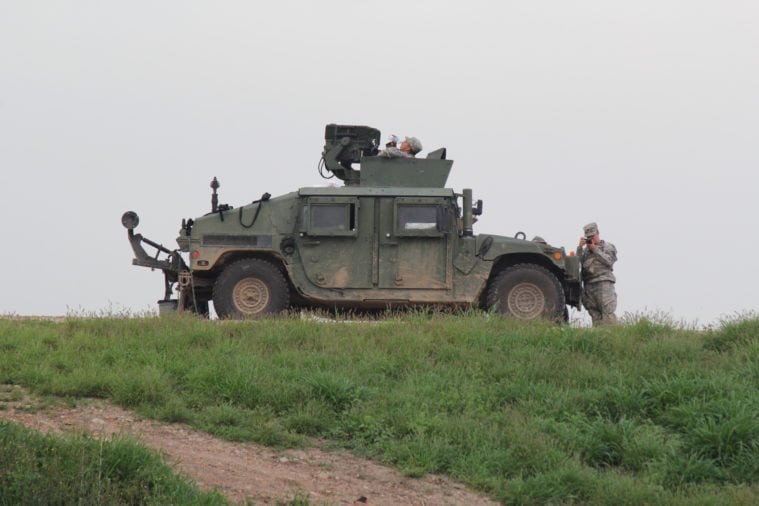
One possibility is the dirt boxes are being used at the Texas-Mexico border, where the Texas National Guard has participated in border security and counternarcotics missions since 1989. Currently, there are 145 Army National Guard soldiers and 70 Air National Guard personnel working in tandem with state, local and federal law enforcement on counternarcotics operations.
But when asked to confirm details about the purchases, including whether the cell-site simulators are being used at the border, the Texas National Guard provided only a short written response: “In regard to your questions, the items you are asking about are not associated with the Operation Secure Texas mission.”
Operation Secure Texas is just one of many missions the Texas National Guard has participated in along the border. Asked whether the National Guard has the legal authority to obtain a warrant to conduct arrests or surveillance, a spokesperson declined to provide someone from the agency to answer questions and instead responded with written answers: “The Texas National Guard’s role along the border has always been to serve as a force multiplier and to deter and refer. Our current supporting roles do not include arrest or law enforcement authorizations.”
Austin attorney Scott McCollough, who specializes in technology and serves on the board of the Austin chapter of EFF, said that if military forces are using the surveillance devices without a warrant, innocent people affected by it might have grounds for a privacy lawsuit against the government.
McCollough also wondered whether any information collected by the Texas National Guard could be used to prosecute criminals in court if the underlying technology is considered legally questionable.
“These DRT boxes are far more capable than the old Stingrays,” McCollough said, “The old-style Stingrays were not able to capture content. Guess what? The DRT box is. … These newer ones get everything.”
Stephanie Lacambra, a staff attorney at EFF’s national office in San Francisco, said that so much secrecy has surrounded the use of the technology across the country that the public knows too little about what personal identifying information is being collected by the government when it deploys such tools and how the information is being handled. To shield the privacy of citizens, officials should commit to guidelines and make them public, she said.
“Without a clear public policy posted on how they’re going to be allowed to use these kinds of devices, there’s nothing to stop them from using a cell-site simulator in a suburb of Dallas any more than at the border,” said Lacambra. “And people should be legitimately concerned about that.”
